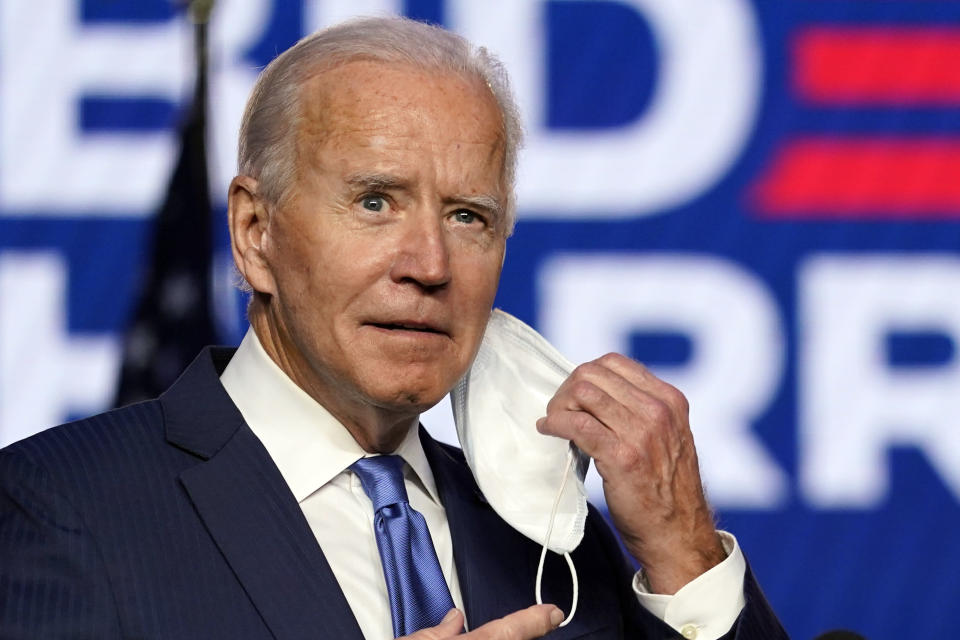Coronavirus update: US shatters daily cases and hospitalizations; Moderna readies Phase 3 data
Daily coronavirus cases and hospitalizations in the U.S. continue to set record highs as the pandemic sweeps over the U.S. once again, in a new wave that health experts warned about but didn’t expect to hit so quickly.
For more than a week, the country has set records in daily cases, with more than 100,000 recorded each day and hospitalizations surpassing 60,000 in the past two days — shattering a record of 59,900 in April.
The result has been patchwork of restrictions, curfews and school closings around the country. North and South Dakota are faring the worst, when considering cases as a percentage of the population.
A recent study of mobile data by Stanford University showed that hotels, restaurants and gyms — places where people spend significant amounts of time in an enclosed place — have lead to a significant portion of recent case spikes around the country. The study, published in the journal Nature, noted that these while venues in Chicago accounted for 10% of the potential venues that could cause spreading, they were sites where 85% of predictable infections occurred.
The study adds to what the U.S. Centers for Disease Control and Prevention (CDC) has stated, focusing on small indoor gatherings and extended indoor time contributing to infections.
The unbridled outbreak has left health care workers with still too-few tools to treat and care for patients. Even as the first antibody treatment from Eli Lilly (LLY) was granted emergency use authorization, it is in limited supply considering the record rate of hospitalizations.
It’s a point noted by Dr. Anthony Fauci and colleagues in a new article in the Journal of the American Medical Association (JAMA).
“While several treatments such as remdesivir and dexamethasone are either available or in development for severe COVID-19, interventions that can be administered early during the course of infection to prevent disease progression and longer-term complications are urgently needed,” the authors said.
Meanwhile, on the vaccine front, Pfizer (PFE) recently announced its anticipated strong positive results for its candidate and anticipates filing for emergency use authorization before the end of the year. Meanwhile, Moderna (MRNA) said Wednesday it is ready for an independent monitoring board to begin a first look at the data from the Phase 3 trial.
Since cases have been rising across the country, it has meant increased potential exposure for trial participants, and as a result in the past week Moderna said the number of infections within the trial pool also rose to meet the necessary threshold.

Biden’s COVID-19 team
President-elect Joe Biden’s team has hit the ground running with discussions around a national strategy to address the pandemic when he takes office in January.
Dr. Michael Osterholm, University of Minnesota’s Center for Infectious Diseases Research and Policy (CIDRAP), and a member of Biden’s COVID task force, told Yahoo Finance there is no detailed agenda, but the group is looking to address the myriad efforts of states and cities.
“This is the virus versus us, this is not the virus versus one group of politicians versus another, or one regional area against another,” Osterholm said.
Ben Isgur, who leads PwC’s Health Research Institute, told Yahoo Finance that the Biden team is going to be faced with the same issue President Trump had to deal with at the onset of US infections: a strained medical health supply chain.
The pandemic has “really pressure-tested the U.S. medical health supply chain. We quickly realized there are gaps there,” Isgur said.
It begs the question, will Biden invoke the Defense Production Act and move quickly to incentivize onshoring of production? Isgur said that while that is a longer-term play, the health systems have had to deal with the here-and-now and in the interim found alternate sources for their needs. But with the strain on health systems rising, it’s possible some immediate action will be required to address not only the supply chain but also health care worker burnout.
“We were talking about that during the spring ... That’s coming back as ICUs in some cities are filling up,” Isgur said.
Dr. Esther Choo, an emergency physician and professor at the Oregon Health and Science University, pointed to the struggle of a sector facing labor shortages while also managing the strain of the pandemic, on Twitter.
“Yes we are delivering better and more effective COVID care,” Choo said. “But we can’t pull nurses, techs, APPs, docs, or other (essential) team members out of thin air.”
More from Anjalee:
Fauci: Vaccines will only prevent symptoms, not block the virus
A Biden win could lead to a mask mandate, more testing: Expert
Trump admin rules for health insurer price transparency has potential to curb costs
Read the latest financial and business news from Yahoo Finance
Follow Yahoo Finance on Twitter, Facebook, Instagram, Flipboard, SmartNews, LinkedIn, YouTube.

